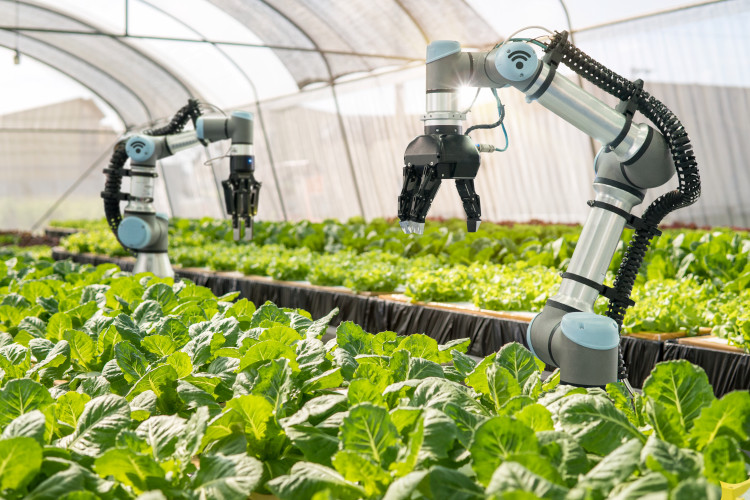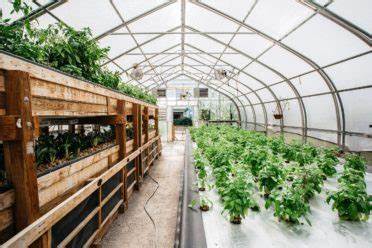
Revolutionizing Agriculture for a Sustainable Future
Introduction
Vertical farming is an innovative approach to agriculture that involves cultivating crops in vertically stacked layers using specialized systems and technologies. This article provides a comprehensive overview of vertical farming, covering its historical background, key concepts, advantages and challenges, case studies, current trends and developments, controversies, future outlook, and references.
Historical Background
Vertical farming can be traced back to the early 20th century when forward-thinking individuals began exploring alternative methods of food production. However, it gained significant momentum in the 1990s when Dr. Dickson Despommier, a professor at Columbia University, popularized the idea of growing crops in urban skyscrapers. Since then, vertical farming has evolved significantly thanks to the dedicated efforts of individuals and organizations committed to sustainable agriculture.
Key Concepts and Definitions
Vertical farming distinguishes itself from traditional farming by utilizing advanced techniques such as hydroponics and aeroponics. Hydroponics involves growing plants in nutrient-rich water without soil, while aeroponics involves misting plant roots with a nutrient solution. Controlled environment agriculture (CEA) is another key concept in vertical farming, where environmental parameters such as temperature, humidity, and lighting are tightly controlled. Sustainable farming practices, such as minimal water usage, reduced pesticide application, and efficient resource management, are at the core of vertical farming. Various technologies and systems, such as stackable trays and vertical towers, are employed to maximize space and optimize crop growth.
Main Discussion Points
The advantages and benefits of vertical farming are numerous. Firstly, vertical farming allows for increased crop yield and productivity due to year-round cultivation and optimized growing conditions. Secondly, it efficiently utilizes limited space by utilizing the vertical dimension, making it suitable for urban areas with limited arable land. Thirdly, vertical farming reduces environmental impacts by minimizing water usage, eliminating the need for pesticides, and reducing transportation costs associated with food production.

However, vertical farming also faces certain challenges and limitations. High initial investment costs pose a significant barrier for individuals or organizations looking to start vertical farms. The energy consumption required to power artificial lighting and maintain optimal environmental conditions is another challenge. Additionally, vertical farming is currently limited in terms of crop variety and scalability, as not all crops are suitable for vertical cultivation.
Case Studies or Examples
The Plant, located in Chicago, Illinois, is a successful vertical farm that utilizes a closed-loop aquaponics system. This system involves using fish waste as nutrients for plants, and the plants naturally filter the water for the fish. Another notable example is AeroFarms, based in Newark, New Jersey, which is known for its innovative use of aeroponic technology. Sky Greens in Singapore has developed a vertical farming system that utilizes rotating towers, maximizing space utilization.
Current Trends or Developments
The integration of technology and automation in vertical farming is a significant trend. Smart systems monitor and control environmental parameters, optimizing crop growth and reducing human intervention. Vertical farming is also expanding into urban areas, where proximity to consumers reduces transportation costs and allows for fresher produce. Collaboration between vertical farms and restaurants/retailers is on the rise, creating a sustainable and localized food supply chain. Furthermore, ongoing research is focused on crop selection and plant nutrition to enhance the nutritional value of vertically grown produce.

Challenges or Controversies
Vertical farming faces environmental concerns such as energy consumption and water usage. The significant energy consumption of artificial lighting and climate control systems raises questions about the overall sustainability of vertical farming. Additionally, the economic viability and profitability of vertical farming remain under debate due to high initial investment costs and operational expenses that pose challenges for small-scale operations. There is also ongoing debate over the nutritional value of vertically grown produce compared to traditional farming methods.
Future Outlook
Vertical farming holds immense potential to address food security and urbanization challenges. By utilizing vertical spaces and bringing food production closer to consumers, vertical farming can significantly reduce the carbon footprint associated with traditional agriculture. Integration with renewable energy sources, such as solar panels and wind turbines, can further enhance the sustainability of vertical farming. With advancements in technology and research, vertical farming is poised for global expansion, offering a viable solution for sustainable agriculture.

Conclusion
In conclusion, vertical farming represents a paradigm shift in agriculture, offering numerous advantages and benefits for sustainable food production. Despite the challenges and controversies it faces, vertical farming has the potential to revolutionize the way we grow and consume food. Further exploration and research in vertical farming are encouraged to unlock its full potential and ensure a sustainable future for agriculture and food production.
References
Scientific journals and research articles on vertical farming
Books and publications on sustainable agriculture and food production
Websites and reports from vertical farming companies and organizations.




